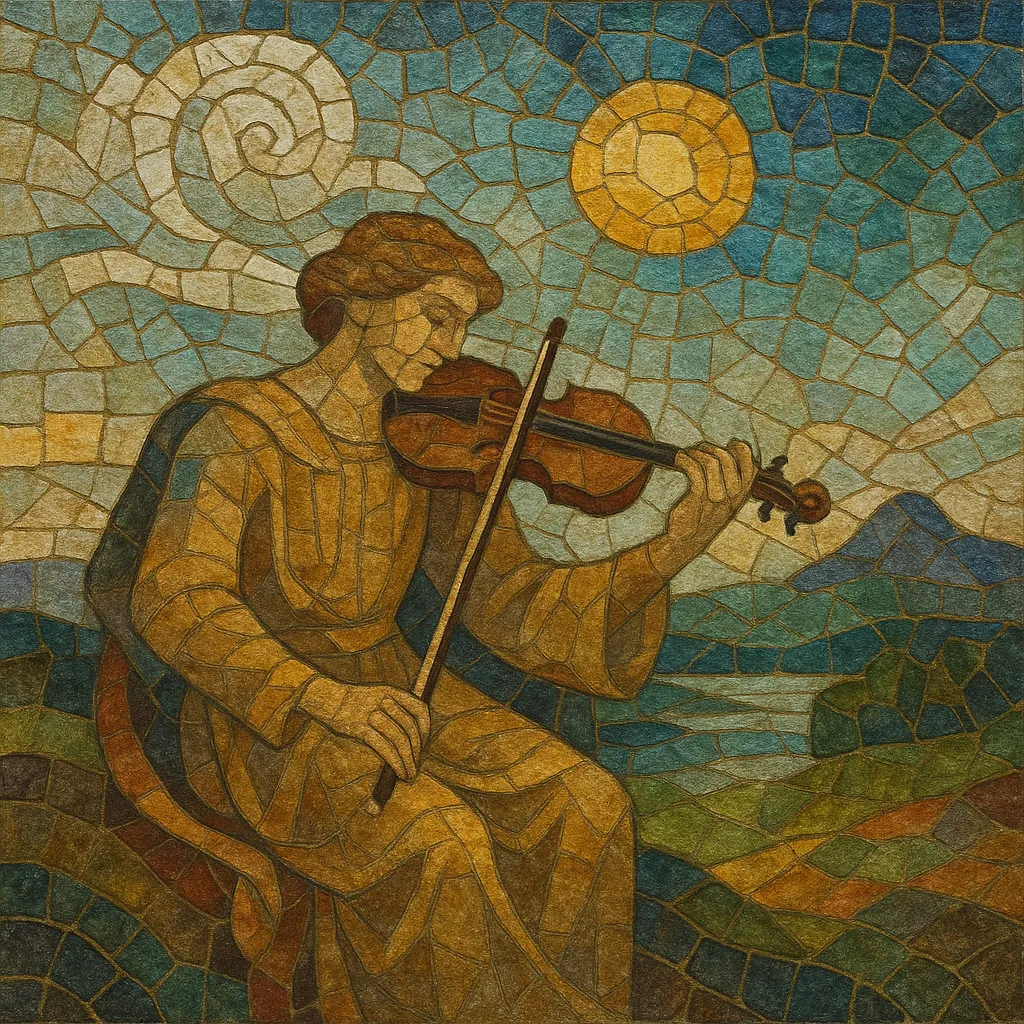A symphonic poem (also called a tone poem) is a single-movement orchestral work that conveys an extra-musical narrative, image, or idea through purely instrumental means. Rather than following traditional multi-movement symphonic forms, it uses flexible structures—often rhapsodic or episodic—to mirror a story, painting, landscape, poem, or philosophical concept.
Rooted in Romantic aesthetics, the symphonic poem emphasizes vivid orchestration, thematic transformation, and striking harmonic color to achieve narrative coherence. It commonly deploys leitmotif-like themes that evolve as the program progresses, creating an arc that feels cinematic long before the advent of film scoring.
Franz Liszt, working in Weimar, Germany, crystallized the symphonic poem in the 1850s, coining the term “Symphonische Dichtung.” His series of orchestral works (e.g., Les Préludes, Orpheus) established core techniques: thematic transformation, intensely pictorial orchestration, and flexible, narrative-driven form. These pieces extended the Romantic fascination with program music beyond the concert overture and single-movement symphonic experiments.
After Liszt, the form spread rapidly. Bedřich Smetana used it to frame national identity in Má vlast. Richard Strauss elevated the genre’s scale and psychological depth in works like Don Juan, Also sprach Zarathustra, and Ein Heldenleben, fusing leitmotivic clarity with dazzling orchestration. Composers across Europe—Camille Saint-Saëns, Pyotr Ilyich Tchaikovsky, Modest Mussorgsky, and Paul Dukas—adopted and personalized the idiom, drawing on literature, myth, and painting.
In Finland, Jean Sibelius refined the tone poem with organic motivic growth and elemental atmosphere (Finlandia, Tapiola). In Italy, Ottorino Respighi’s Roman triptych showcased modern orchestral color and spatial effects. In Russia and Eastern Europe, the genre provided a vehicle for folklore, legend, and nationalism, while late-Romantic harmony and chromaticism pushed its expressive range.
Though the pure symphonic poem waned as modernism diversified orchestral language, its narrative techniques and orchestrational vocabulary profoundly shaped film scoring and later symphonic rock/metal. Composers like Sergei Rachmaninoff (Isle of the Dead) bridged Romantic rhetoric with darker, psychological tone painting. Today, the genre’s legacy lives in soundtracks, concert program music, and symphonic hybrids that continue to tell stories without words.
Start with an extra-musical idea: a poem, myth, painting, landscape, or philosophical arc. Outline key “scenes” or emotional stations so the work has a clear narrative trajectory without relying on words.
Favor a single movement with flexible sections that reflect your story’s progression. Use thematic transformation: introduce a few memorable motives and alter their rhythm, contour, harmony, and orchestration as the drama unfolds. Leitmotifs can represent characters, places, or ideas.
Embrace late-Romantic tonal language: chromatic inflection, modal color, and strategic excursions to distant keys. Use harmonic pacing to mirror tension and release in the program—dissonance for conflict, luminous consonance for resolution. Craft singable motifs that are malleable enough to transform across the piece.
Write for full symphony orchestra and paint with timbral contrasts. Use woodwinds for depiction and pastoral color, brass for proclamations and grandeur, strings for lyric narrative and momentum, percussion for punctuation and atmosphere. Consider special effects (mutes, harmonics, divisi, tremolo, harp/piano/celesta, and expanded percussion) to evoke imagery.
Vary meter and tempo to reflect the narrative. Alternate transparent textures with full climaxes to maintain dramatic contour. Employ rhythmic motives (ostinati, march-like figures, dance rhythms) to delineate scenes or characters.
Let the narrative guide transitions and climaxes. Reintroduce and transform earlier material at key turning points to give cohesion. If desired, include an epigraph or program note for the audience, but ensure the music communicates on its own.


